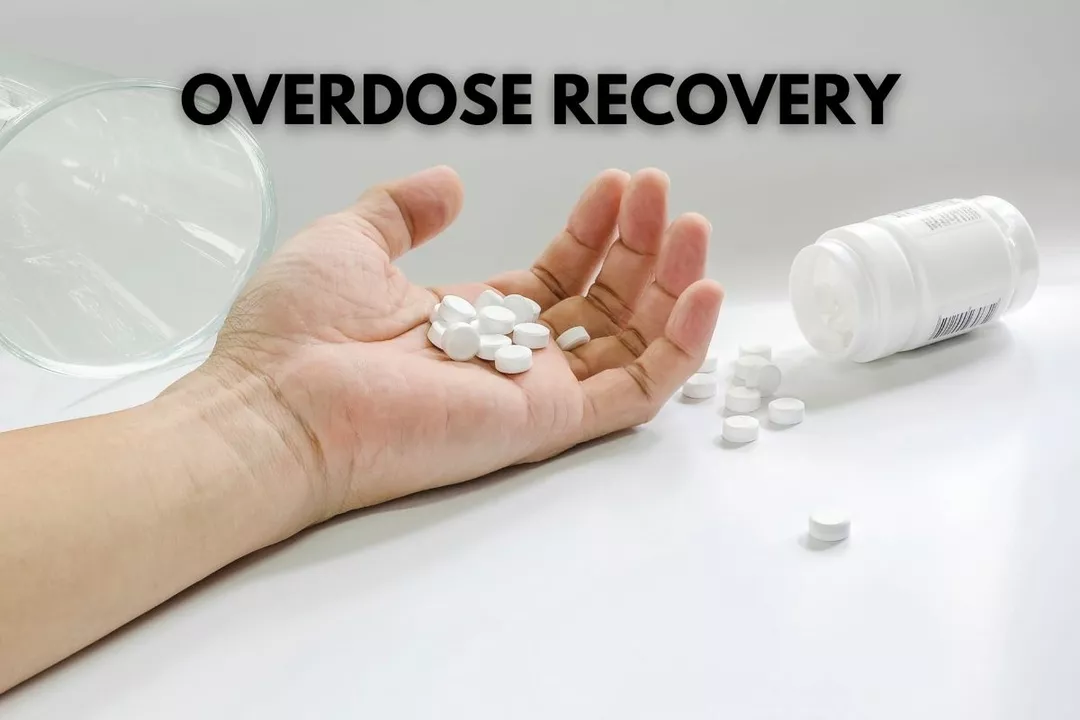Overdose: Recognize the Signs, React Fast, and Prevent Harm
An overdose doesn't always look dramatic. Sometimes it's someone drifting off, breathing slowly, or acting confused. Know the common warning signs so you can act fast — minutes can save a life.
Spot the signs fast
Different drugs cause different problems. Watch for these clear red flags:
- Opioids (oxycodone, heroin, fentanyl): very slow or stopped breathing, blue lips or fingertips, tiny pinpoint pupils, extreme sleepiness or unresponsiveness.
- Stimulants (cocaine, meth): very fast heartbeat, high body temperature, chest pain, severe agitation, seizures.
- Alcohol combined with other drugs: vomiting while drowsy, slow breathing, low body temperature — high risk for choking or breathing failure.
- Acetaminophen (paracetamol): early nausea and weakness, but serious liver damage may appear 24–48 hours later — treat as urgent even if symptoms seem mild at first.
- Benzodiazepines (Xanax, Valium): slurred speech, extreme drowsiness, poor coordination, slowed breathing if mixed with opioids or alcohol.
- Unknown pills or liquids: any sudden change in consciousness, vomiting, seizures, or breathing trouble — act like it’s an emergency.
What to do immediately
Stay calm and follow these steps:
- Call emergency services right away (911 in the U.S. or your local emergency number). If you’re in the U.S., you can also call Poison Control at 1-800-222-1222 for guidance.
- If opioid overdose is likely, give naloxone (Narcan) if you have it — it can reverse breathing problems within minutes. Follow the product instructions and keep the person breathing; you may need to give another dose if they don’t respond.
- If the person isn't breathing or has no pulse, start CPR if you’re trained. If they’re breathing but unconscious, place them on their side in the recovery position to prevent choking on vomit.
- Do not try to make them vomit unless a poison specialist tells you to. For swallowed tablets, emergency staff can decide on activated charcoal or other treatments.
- For suspected acetaminophen overdose, get to the ER fast. Antidote treatment (N-acetylcysteine) works best when started within 8 hours of the overdose.
After an emergency, talk to a doctor or local health services about follow-up care and ways to reduce future risk.
Prevention tips that actually help: store meds in a locked spot, keep dose bottles in original packaging, follow prescriptions exactly, never mix alcohol with sedatives or opioids, use prescription monitoring tools, and dispose of unused meds at take-back sites. If you or someone you know uses opioids, ask a pharmacist about naloxone — it's worth having on hand.
If a child swallows medication, call Poison Control immediately. For anyone else, treat any sudden breathing change, confusion, or loss of consciousness as an emergency and act now.
You don't need to be an expert to save a life. Recognize the signs, call for help, and use naloxone or CPR when needed. Quick action makes the difference.
In my latest blog post, I've put together a comprehensive guide on managing Besifloxacin overdose and toxicity. This guide covers important steps to take if you suspect an overdose, such as seeking immediate medical attention and closely monitoring symptoms. Additionally, it delves into preventive measures we can adopt to avoid an overdose in the first place. The blog emphasizes the importance of following prescribed dosage guidelines and being aware of potential drug interactions. Stay informed and safe by checking out my full guide on this crucial topic.

